In two consecutive major regional football tournaments, involving the age group next to the national team (U23 and U22), Singapore had no representatives participating. This reflects that the Lion Island football is in a crisis in youth training.
Looking back, there was a time when Singapore was the number one football nation in Southeast Asia. That was the period when the Singapore national team was strong thanks to the large number of naturalized players in the squad. Now, when the naturalized players are no longer there, Singapore football is far from its peak.
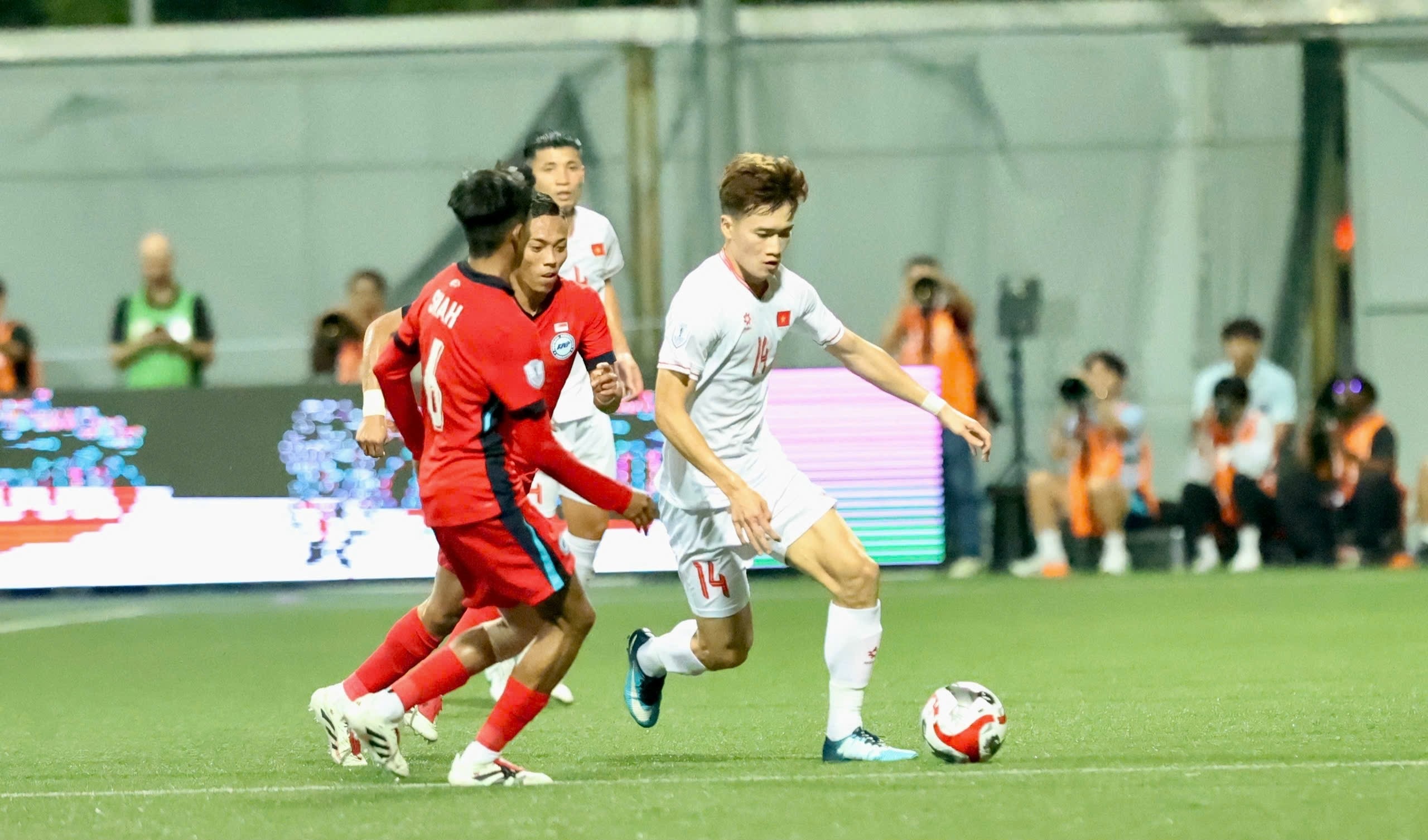
Singapore football has seriously declined compared to its peak (Photo: Tuan Bao).
A time long gone
As of 2012, Singapore is the football nation that has won the AFF Cup the most times, with 4 crowns (1998, 2004, 2007 and 2012), surpassing Thailand (up to that point, Thailand had only won the cup 3 times in 1996, 2000 and 2002).
Of which, Singapore's 3 championships in 2004, 2007 and 2012 of the lion island team were associated with naturalized players such as Daniel Bennett, Agu Casmir, Aleksandar Duric...
These naturalized players help the Lion Island team to be different from the rest of the opponents in the Southeast Asian region, from physique, physical strength, to football thinking. However, at the same time that Singapore football is flourishing with the above mentioned naturalized players, there are voices warning about the downside of using naturalized players en masse.

While U23 Vietnam won the U23 Southeast Asian Championship, Singapore had no representative in this tournament (Photo: VFF).
As a result, after naturalized players such as Daniel Bennett, Agu Casmir, Aleksandar Duric, or John Wilkinson left the Singapore team one after another, the Lion Island team faced a big gap in their successor force, and they have been weakened ever since.
Every naturalized Singaporean player used in the national team means fewer opportunities for young players to step up and find a place in the country's national team.
As opportunities for young people to advance decline, instead of practicing football, young Singaporeans are forced to choose other sports , or choose other paths to advance in life, to develop themselves.
Regarding this issue, former Vice President (VP) of the Southeast Asian Football Federation (AFF), former VP of the Vietnam Football Federation (VFF) Duong Vu Lam said: "This is a strategic problem that national football federations must face when choosing a development path."
“There is no better, more sustainable way to develop than to develop internal resources and develop youth training. Singaporean football may be different from football in some countries in the region, that is, their population is smaller, their source of young players is smaller. Many years ago, they chose the path of naturalization to be able to rise the fastest.
However, when this goal failed, the Singapore team could not reach the World Cup, could not reach the Asian level, Singapore football abandoned the naturalization policy, and they immediately had to suffer the negative side of this policy. The negative side is that after many years of only focusing on naturalization and neglecting training, Singapore's source of future players gradually dried up," Mr. Lam added.
The day of returning to the distant peak
Objectively speaking, the trend of using naturalized players in Singaporean football 10-20 years ago was not without its echoes. Currently, many football teams in Southeast Asia also use naturalized players, including Vietnamese football.
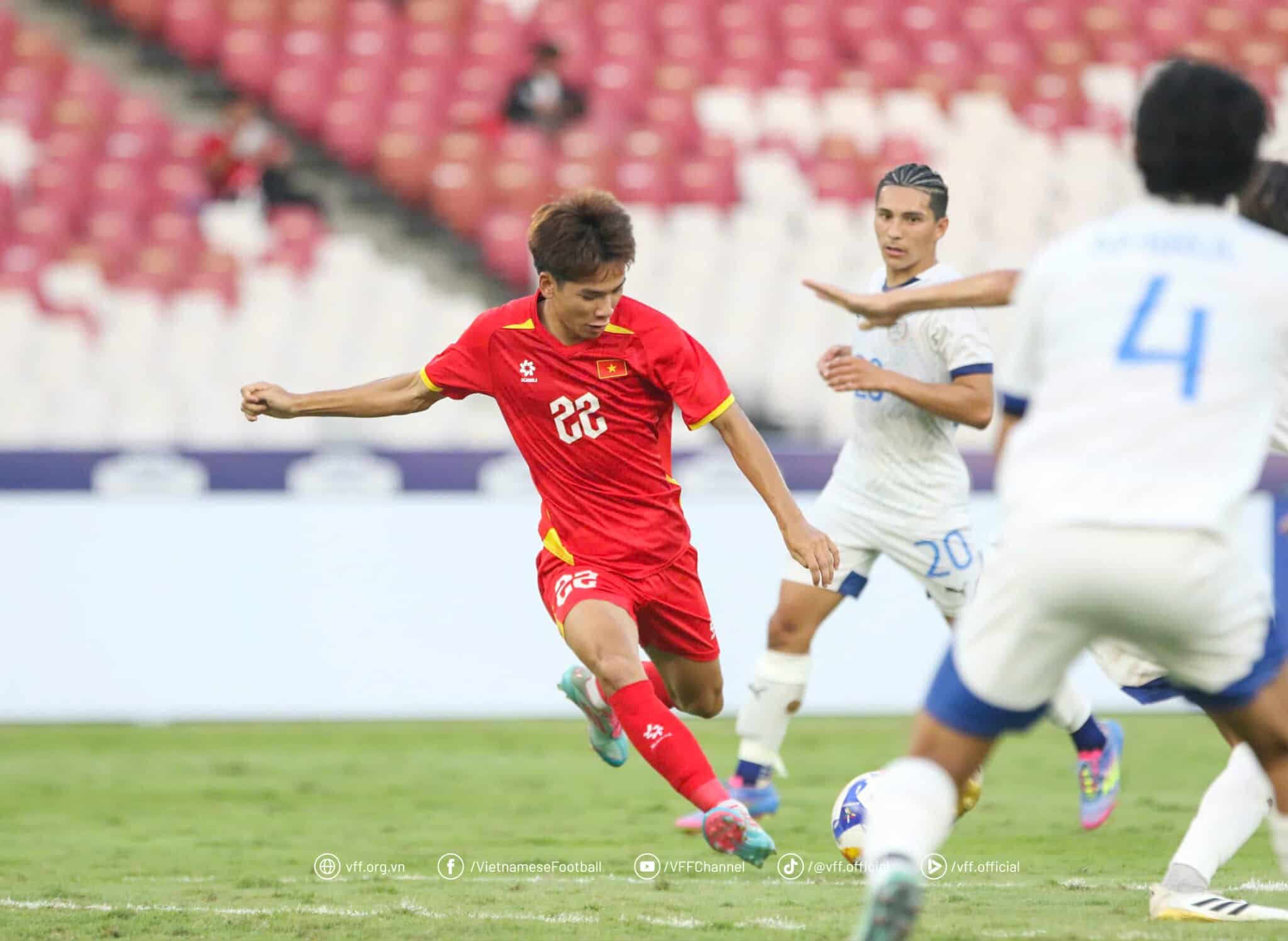
Instead of naturalizing players, Vietnamese football focuses on youth training. Currently, we are developing more sustainably than Singaporean football (Photo: VFF).
However, how to use naturalized players, to what extent, and in what quantity is a matter that must be carefully calculated, to both stimulate professional development and create conditions for young players and the young generation to develop.
Regarding this issue, coach Mai Duc Chung (who has experience leading both the Vietnamese men's and women's football teams) commented right after the match with the Cambodian women's team last night (August 6): "In my opinion, each team in Southeast Asia should only use about 2-3 naturalized players for each tournament."
“The moderate number of naturalized players creates new elements in each team’s playing style and creates space for young players to develop. At the same time, the moderate use of naturalized players also creates fairness between naturalized players and players trained in the country,” added this passionate coach.
The fact that Singapore did not have a representative to participate in the men's football event of the 33rd SEA Games and before that, the U23 Southeast Asian tournament is an obvious lesson for football in the region: The more dependent on naturalized players, the greater and more serious the negative consequences will be in the development of youth football.
Many football teams in Southeast Asia want to learn from Vietnam.
After the U23 Vietnam team defeated U23 Indonesia in the final match of the U23 Southeast Asian Championship on July 29, right at the Gelora Bung Karno Stadium in Jakarta (Indonesia), the president of the Indonesian Football Federation (PSSI) Erick Thohir reported to the sports management agencies in the archipelago country.

Indonesia also has to admit that the policy of focusing on youth training helps Vietnamese football always have a stable source of players (Photo: VFF).
Mr. Thohir said that Vietnam’s model of focusing on youth football development is worth learning. Indonesian football itself will study this model. From now on, the youth teams of the archipelago country will no longer focus too much on naturalized players, but will focus on creating opportunities for players trained in the country to play and compete internationally.
Indonesia is one of the two football nations in Southeast Asia that has been most aggressive in naturalizing players in recent years (the other is Malaysia). Now, they themselves realize that massive naturalization of players is not good for their long-term future, which is enough to see what is the best path for sustainable development.
As for Singaporean football, they are not the only football nation to suffer the consequences of massive naturalization in the past. Almost at the same time as Singapore, the Chinese national team also massively naturalized players in the early 2000s. Now, Chinese football is also suffering the same consequences as Singaporean football: It is getting weaker and weaker, the next generation is not very prominent.
Not long ago, it was Qatar's turn to import many players from South American countries for the 2022 World Cup campaign at home. However, even in that tournament, Qatar was still one of the weakest teams. The next consequence was that they failed in the 3rd qualifying round of the 2026 World Cup, against Uzbekistan, a team that used players trained by themselves.
Once the training is neglected and degraded for many years, the consequences will be terrible. For example, in Singapore football, no one dares to say for sure when the Lion Island football will return to the top position in Southeast Asia like before 2012!
Source: https://dantri.com.vn/the-thao/u22-singapore-rut-khoi-sea-games-cai-gia-cua-chinh-sach-nhap-tich-o-at-20250807134742113.htm








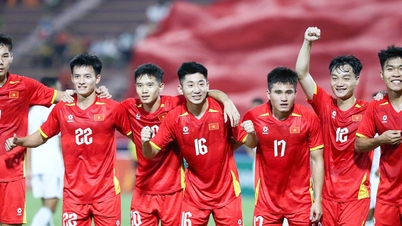

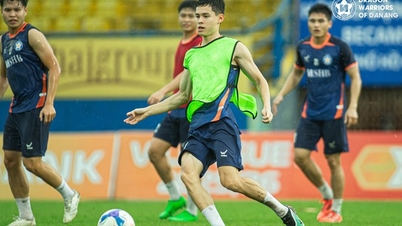

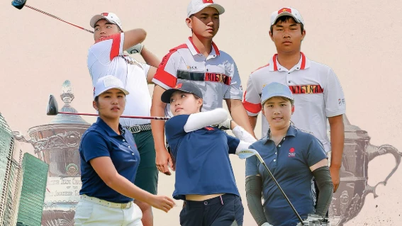

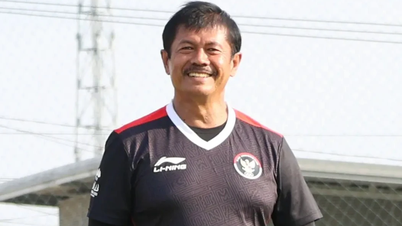



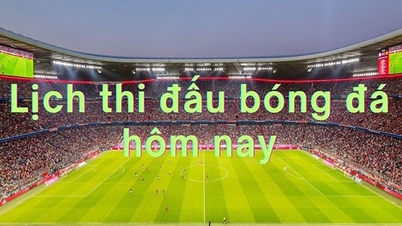




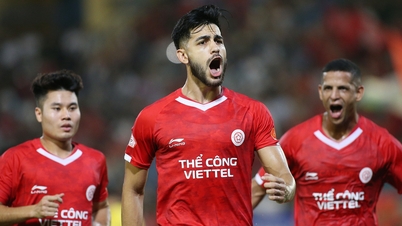
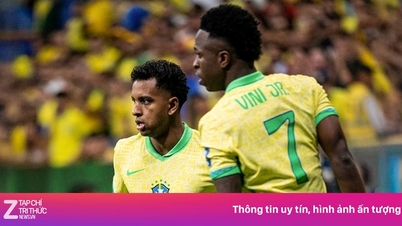





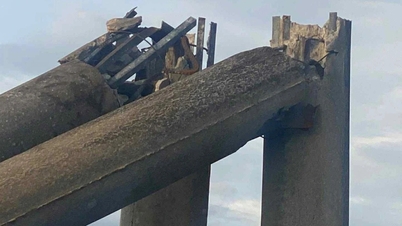
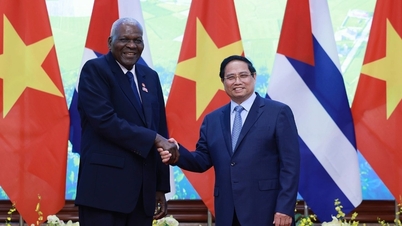


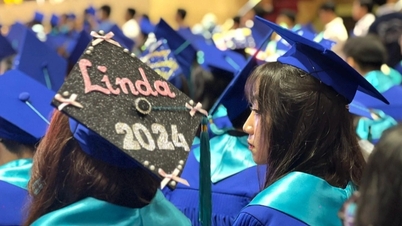
![[Photo] President of the Cuban National Assembly visits President Ho Chi Minh's Mausoleum](https://vphoto.vietnam.vn/thumb/1200x675/vietnam/resource/IMAGE/2025/10/1/39f1142310fc4dae9e3de4fcc9ac2ed0)
![[Photo] Keep your warehouse safe in all situations](https://vphoto.vietnam.vn/thumb/1200x675/vietnam/resource/IMAGE/2025/10/1/3eb4eceafe68497989865e7faa4e4d0e)
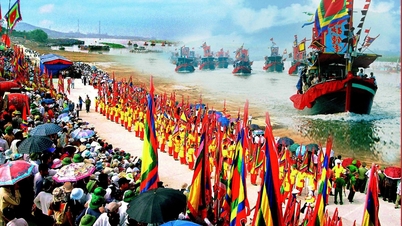


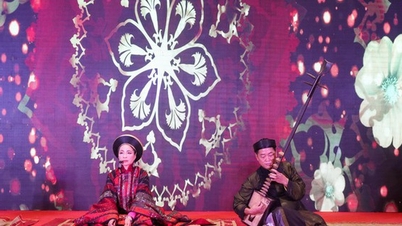





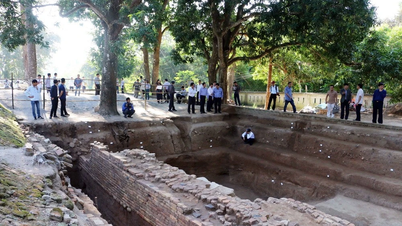

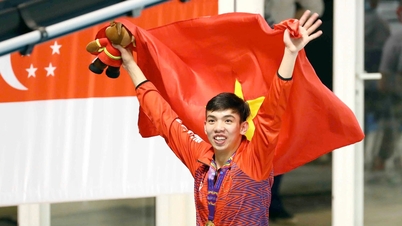
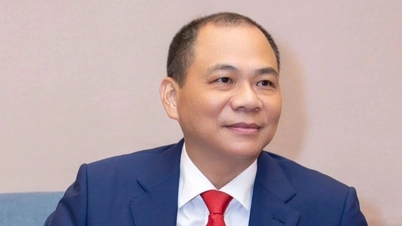
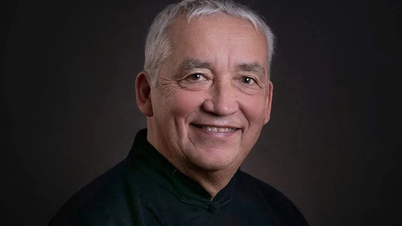









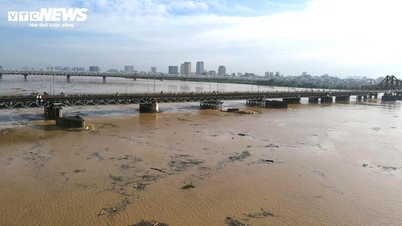



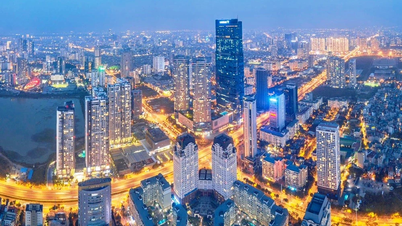



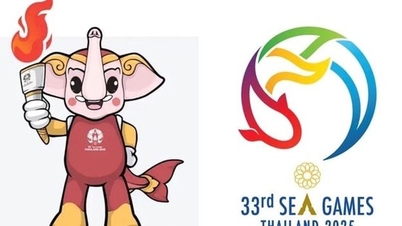


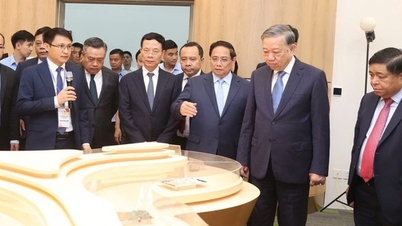
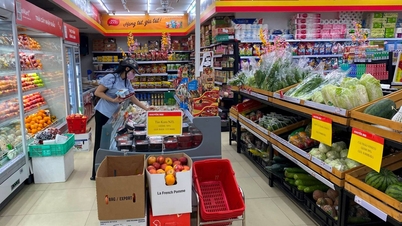

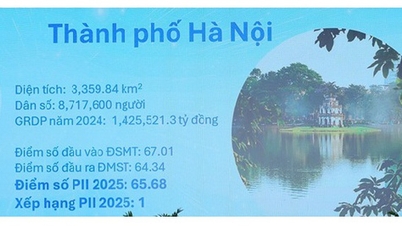


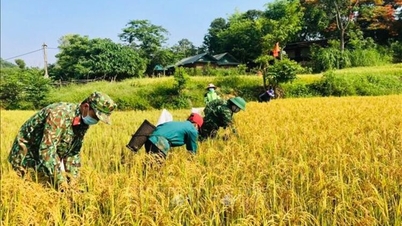



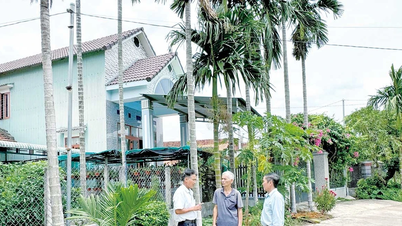


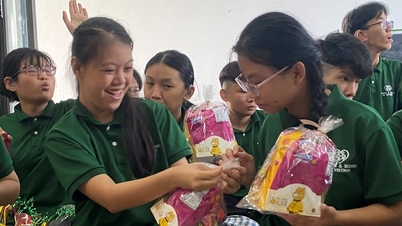















Comment (0)